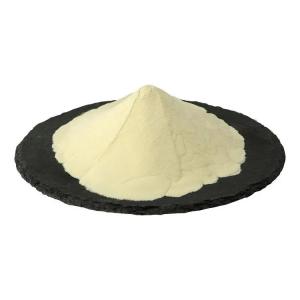Phosphatidyl serine is blended into powdered soups.
Time:2025-07-30Phosphatidyl serine (PS), a naturally occurring phospholipid, is gaining attention as a functional ingredient in various food systems, including powdered soups. When blended into dry soup formulations, PS can provide both formulation support and functional versatility, making it suitable for modern convenience foods.
Formulation and Blending
In powdered soup production, ingredients are selected for their solubility, stability, and compatibility with heat and moisture. Phosphatidyl serine, typically derived from soy or sunflower lecithin, is available in dry, powdered forms that are suitable for dry-blending with soup bases, seasonings, dehydrated vegetables, and thickeners.
It is usually incorporated during the mixing stage, before packaging, ensuring even distribution throughout the powder matrix. The lipid-compatible nature of PS allows it to disperse well in both oil-based and aqueous systems once the soup is reconstituted.
Functional Roles in Soup Powders
Emulsification: PS contributes to the emulsification of fat and water components when the soup is rehydrated, resulting in a more uniform and visually appealing texture.
Dispersibility: It aids in the smooth dispersion of powdered ingredients, minimizing clumping and enhancing the mouthfeel of the final product.
Stability: PS may improve the stability of flavor compounds and emulsions, particularly in soups that contain dairy powders or oil-based flavorings.
Application Scope
Phosphatidyl serine can be found in a range of powdered soup products, including:
Instant vegetable or mushroom soups
Cream-style soup mixes
High-protein or fortified soups
Meal replacement soup powders
Manufacturing Considerations
To ensure product consistency, PS is often pre-blended with carrier ingredients such as maltodextrin or starches, especially when used at low inclusion rates. During the packaging phase, moisture control and proper sealing are critical to preserve the functional integrity of PS and other sensitive components.


 CN
CN





